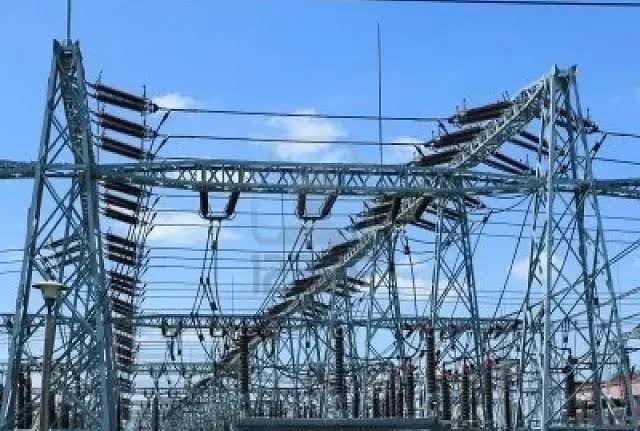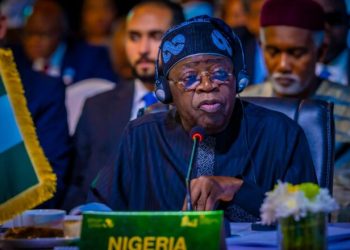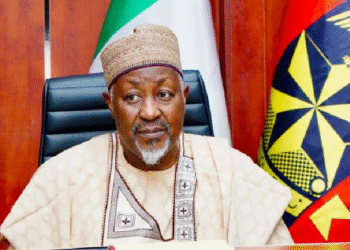The difference between the actual tariffs paid by Kano Electricity Distribution Company’s consumers and the cost-reflective tariffs has resulted in a revenue deficit that the federal government has pledged to cover.
This was described in the Nigerian Electricity Regulatory Commission’s September 2024 Supplementary Order, which was published on Thursday under the Multi-Year Tariff Order structure for KEDCO.
With effect from September 1, 2024, the supplemental order aims to rectify the financial imbalances brought about by outside variables including inflation and fluctuations in exchange rates.
“A gradual transition to cost-reflective end-user rates with safeguards for the less fortunate power consumers is provided by the FGN policy on subsidies and electricity pricing.
The paper said, “Therefore, during the transition to cost-effective tariffs where applicable, the Federal Government has committed to funding the revenue gap arising from the difference between cost-reflective tariffs approved by the Commission and the actual end-user tariffs.
” In order to update KEDCO’s income requirements and prices for the remaining months of 2024, NERC claims that a number of indices, including the naira to US dollar exchange rate, the inflation rate in Nigeria, and the inflation rate in the US, were reviewed.
For instance, the Nigerian inflation rate of 33.40 percent for July 2024 was used for forecasts, and “the Naira to the US Dollar exchange rate of N1,601.50/US$1 has been adopted for September – December 2024.”

KEDCO will be able to fulfil its responsibilities in spite of these financial constraints thanks to the FG’s assistance.In order to guarantee 100% settlement of market bills issued by generating companies (GenCos), NERC underlined that “NBET shall apply FGN intervention from budgetary appropriation and other sources for funding tariff shortfall.”
The ruling also included a list of KEDCO’s service obligations to its clients, specifically with regard to providing power through the Service-Based Tariff system. In particular, the commission highlighted that “KEDCO shall be held accountable for service deliveries per commitments under its Service-Based Tariff proposals,” which guarantee minimum supply hours for customers in certain price bands.
Furthermore, KEDCO is required to modernise its infrastructure, which includes acquiring embedded generation capacity. The decision said that KEDCO was required to purchase embedded generation with a minimum capacity of 27 MW, or 10% of its 2024 load allotment. It further said that this embedded generation had to be powered by renewable energy sources for at least 50% of its total.
The goal of the financial assistance provided by the federal government during this transitional phase is to stabilise the electricity market and protect consumers from the full effects of the cost-reflective prices.
This would enable KEDCO to fulfil its market payment obligations and carry on offering vital services.
At the end of the order, NERC promised to keep an eye on KEDCO’s adherence to its service duties.In order to monitor service in almost real-time, NERC said,
“The commission shall continue to leverage technology to directly obtain data on the hours of supply on each Band A feeder from the head-end system of KEDCO.”
In Essence
The subsidy helps KEDCO meet its financial obligations and avoid defaulting on payments to power generation companies (GenCos). This can lead to greater stability in the electricity market and potentially encourage further investment in the sector.
By covering the gap between cost-reflective tariffs and actual tariffs, the government shields Kano residents from immediate price hikes. This can be helpful for those struggling financially.

















